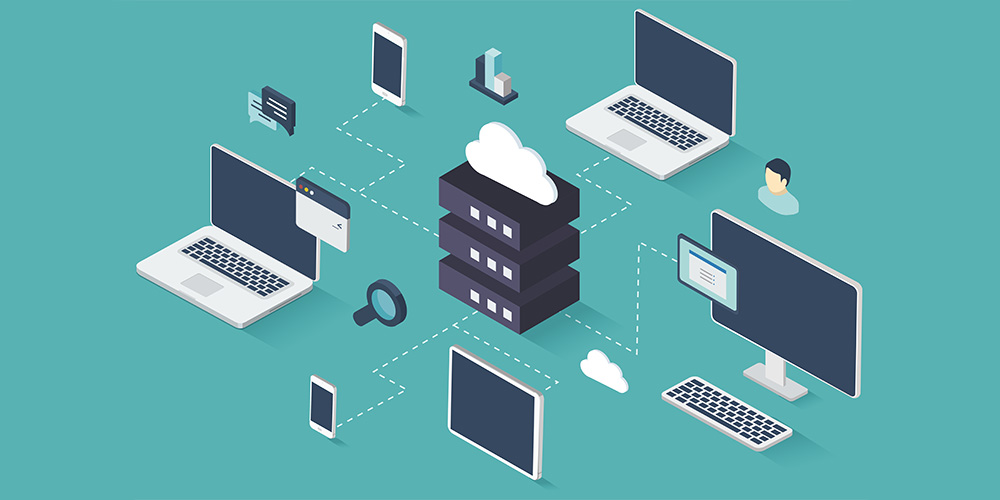
by clikcloud | Nov 7, 2019 | SMB Technology, SMB Technology, SMB Technology, SMB Technology, Technology News
With companies seeking the best return on investment for their technology expenditure, Cloud migration, or, in some cases, migrating to a different Cloud environment or changing to a new Cloud provider, can be a good choice. Read on to learn more about the benefits of using the cloud as well as what to consider before migrating.

by clikcloud | Oct 15, 2019 | SMB Technology, SMB Technology, SMB Technology, SMB Technology, Technology News
Imagine if no matter how well protected your computer systems are, there was yet another level of protection? One which involves specific factors particular to the user, which they can use in addition to a strong password? With multi-factor authentication (MFA), you have yet another defense against bad actors seeking to infiltrate your network. Read on to learn more about this relatively new technology.

by clikcloud | Oct 3, 2019 | SMB Technology, SMB Technology, SMB Technology, SMB Technology, Technology News
October is National Cybersecurity Awareness month, a “collaborative effort between government and industry to raise awareness about the importance of cybersecurity, and to ensure all businesses have the resources to be safer and more secure online.” This year, according to the US Department of Homeland Security, the emphasis is on a proactive approach. Read on to learn more about various aspects of cybersecurity.

by clikcloud | Sep 17, 2019 | SMB Technology, SMB Technology, SMB Technology, SMB Technology, Technology News
October is Cybersecurity Awareness month and knowing this can serve as a wake-up call to protect your company’s data, networks and systems from internal and external hazards. Read on to learn more about protecting your business.

by clikcloud | Sep 11, 2019 | SMB Technology, SMB Technology, SMB Technology, SMB Technology, Technology News
Hurricane Dorian is just one event that can potentially affect a business’s access to its data and reemphasizes the importance of having a data protection plan in place. Other events can have the same effect—cyclones, earthquakes, and hurricanes–suspending business operations for days or weeks. Even a brief power outage can put your company at risk, not to mention the threat of cyberattacks. Read on to learn more about keeping your business’ data safe and accessible.

by clikcloud | Aug 14, 2019 | SMB Technology, SMB Technology, SMB Technology, SMB Technology, Technology News
With technology ever changing and progressing, more is demanded from your network than ever before. Cloud computing, along with multiple applications and huge amounts of data, demand a strong and healthy network. Read on to learn more about how to monitor your network and maximize its flexibility, efficiency and security.
Page 23 of 32« First«...10...2122232425...30...»Last »





